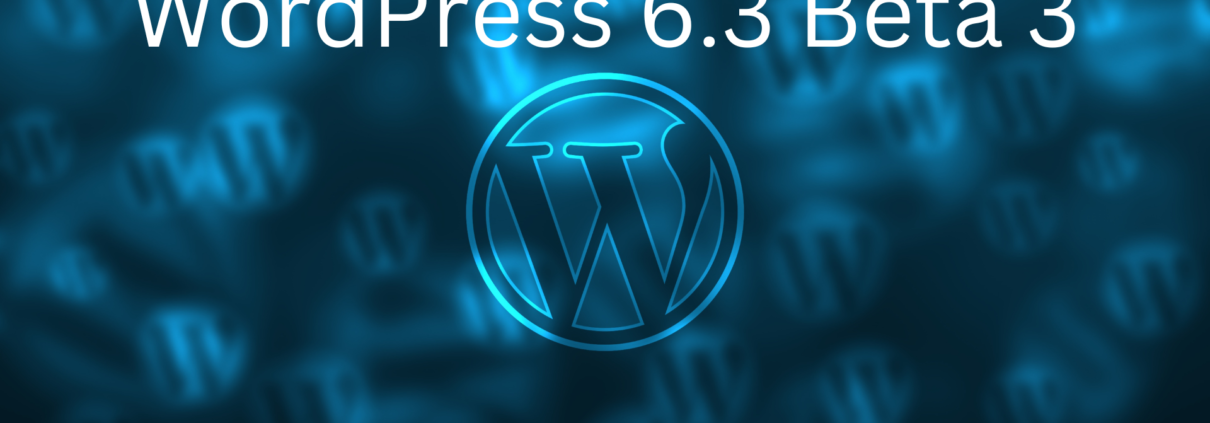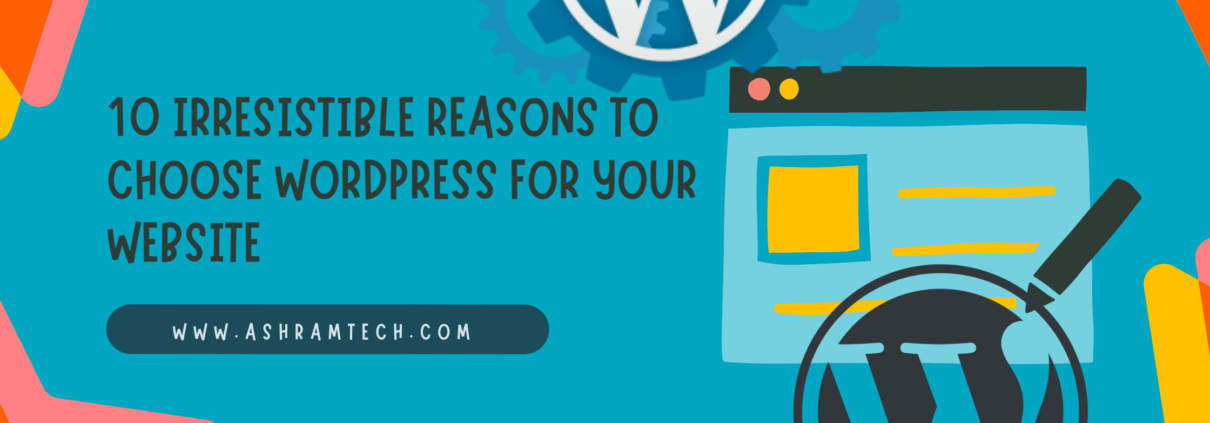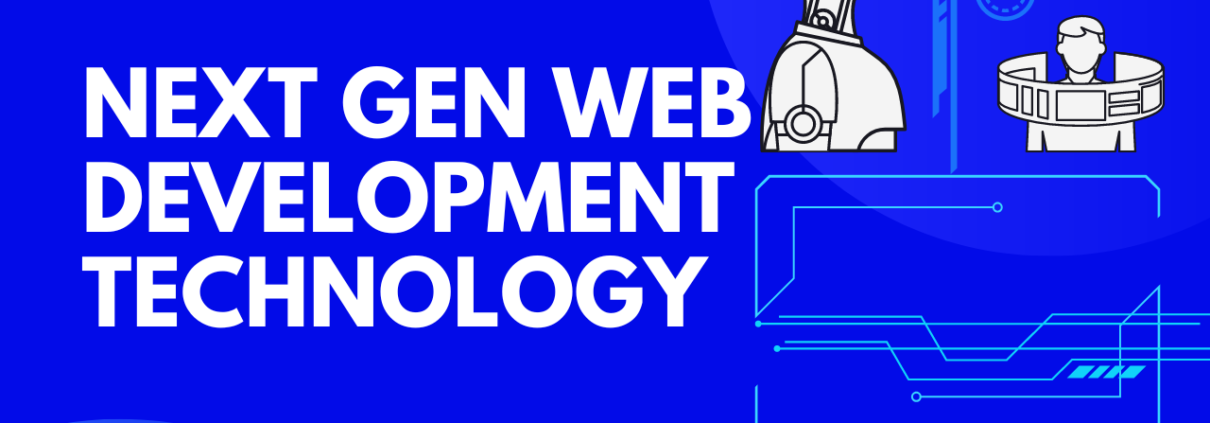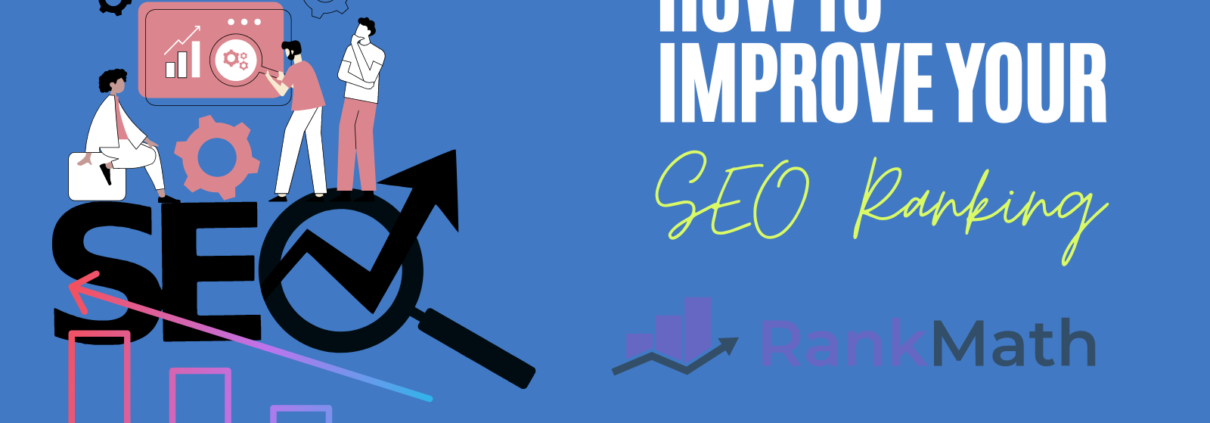Choosing the Right Frontend Framework
Introduction:
Frontend frameworks have become essential tools for web developers to build modern and interactive web applications. With the multitude of options available, choosing the right framework can be a challenging task. In this blog post, we will compare three of the most popular frontend frameworks: React, Angular, and Vue.js. We’ll explore their key features, performance, community support, learning curves, and provide a real-world example to illustrate their strengths and use cases. By the end of this article, you’ll be equipped to make an informed decision for your specific project needs.
React, developed and maintained by Facebook, is a powerful and widely adopted JavaScript library for building user interfaces. Its component-based architecture allows developers to create reusable UI components, leading to a more organized and maintainable codebase. React’s Virtual DOM efficiently updates only the necessary parts of the UI, resulting in better performance for applications with frequent data updates.
Real-world Example: Facebook
One of the most prominent real-world examples of React is Facebook itself. The social media giant uses React extensively to build and maintain its user interface. React’s component-based structure enables Facebook to create a complex and dynamic UI that can handle a massive user base. Additionally, React’s Virtual DOM helps optimize performance, ensuring a seamless user experience even with high volumes of data and interactions.
Angular, developed and maintained by Google, is a comprehensive and feature-rich frontend framework. It implements a two-way data binding mechanism that automatically synchronizes data between the model and the view, reducing the need for manual data updates. Angular’s dependency injection system promotes modularity and testability, making it an excellent choice for large-scale projects.
Real-world Example: Gmail
Google’s popular email service, Gmail, is built using Angular. Gmail’s interface is highly interactive and responsive, with real-time updates for incoming emails and user interactions. Angular’s two-way data binding ensures that the UI always reflects the latest changes in the underlying data, providing users with a seamless experience as they manage their emails.
Vue.js is a progressive JavaScript framework that offers simplicity and flexibility. It combines features from both React and Angular while maintaining a gentle learning curve. Vue.js is known for its ease of integration into existing projects and its ability to scale from small to large applications.
Real-world Example: Alibaba
One of the largest e-commerce platforms in the world, Alibaba, uses Vue.js for its frontend. Alibaba’s website is feature-rich, with complex interactions, search functionalities, and personalized user experiences. Vue.js’s versatility and small bundle size make it a suitable choice for a large-scale application like Alibaba, where performance is critical.
Let’s summarize the key features of React, Angular, and Vue.js in a table:
| Framework | Key Features | Real-world Example |
|---|---|---|
| React | Component-based architecture, Virtual DOM | Facebook (UI) |
| Angular | Two-way data binding, Dependency Injection | Gmail (Email Client) |
| Vue.js | Simplicity, Flexibility, Small Bundle Size | Alibaba (E-commerce) |
Choosing the Right Framework for Your Project:
Now that we’ve explored the key features and real-world examples of React, Angular, and Vue.js, let’s help you choose the right framework for your project:
-
Project Scope and Complexity:
- For small to medium-sized projects with a need for a simple and quick development process, Vue.js is an excellent choice. Its gentle learning curve and flexibility make it beginner-friendly and suitable for smaller teams.
- For large-scale and complex applications with a focus on performance and organization, Angular’s comprehensive ecosystem and two-way data binding mechanism are beneficial. Angular is a solid option for teams experienced in enterprise-level development.
- For projects with evolving requirements, React’s component-based architecture and Virtual DOM are advantageous. React’s popularity and vast community support make it suitable for projects of various sizes and complexities.
-
Developer Expertise:
Consider the expertise of your development team. If your team is experienced in a specific frontend framework, leveraging that expertise can lead to faster development and fewer learning hurdles. Vue.js is an excellent choice for teams with diverse skill levels, as it provides a smooth learning curve.
-
Community Support and Documentation:
All three frameworks have active communities and extensive documentation, but React’s community is particularly vast and continuously evolving. Angular and Vue.js also have strong communities and comprehensive documentation, ensuring that you’ll find the resources you need to overcome challenges during development.
Conclusion:
Choosing the right frontend framework is a critical decision that will significantly impact your web development project’s success. React, Angular, and Vue.js each have their strengths and use cases, making them suitable for different project scopes and team expertise levels.
React’s component-based architecture and Virtual DOM optimize performance and maintainability, making it popular for various projects. Angular’s two-way data binding and dependency injection system are advantageous for large-scale enterprise-level applications. Vue.js’s simplicity and flexibility make it ideal for projects with smaller teams and evolving requirements.
Consider the specific needs of your project, the expertise of your team, and the level of community support to make an informed decision. By selecting the right frontend framework, you’ll build a solid foundation for creating exceptional and high-performing web applications. Happy coding!









